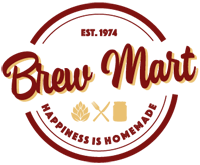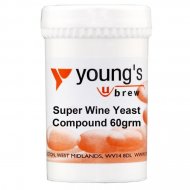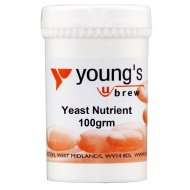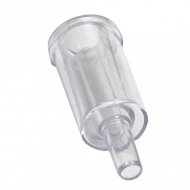Sparkling mead
|
Ingredients |
Metric |
British |
USA |
|
Honey |
1.5 kg |
3LB |
2.2 5LB |
|
Citric acid |
1 tablespoon |
1 tablespoon |
1 tablespoon |
|
Water |
4.5 L |
1 gallon |
1 gallon |
|
Maury or wine yeast |
|
|
|
|
Yeast nutrient |
|
|
|
- Bring the water to the boil and allow to boil for a minute or so.
- Allow it to cool to 50°C
- Meanwhile, warm the honey to the same temperature, then mix it with the other ingredients, stirring well to dissolve the honey.
- Allow the honey liquor to cool to 21°C.
- Add the citric acid, a good yeast nutrient, and the prepared yeast culture.
- Pour the liquid into the fermenting jar, filling it to the shoulder, and reserve the surplus in a separate, air-locked bottle nearby.
- Place both vessels in a warm location at a temperature of 17 to 21 °C.
- If the fermentation froths out of the vessel, as it may, top it up from the bottle.
- When the vigorous ferment slows down, and froth ceases to form, fill the jar to the bottom of the neck, fit an airlock, and clean the exterior if necessary.
- When fermentation stops completely, move the jar to a cold room and leave it there for 2 to 3 weeks before siphoning the liquid from the lees into a clean jar.
- Use a well-fitting, close-grained cork, driven well home, but do not secure it with wire.
- The following March, after approximately six months of storage, siphon the mead from the lees again. To each gallon, add 50 g of honey or white sugar dissolved in 150 ml of boiled and then cooled water, as before.
- Mix thoroughly and bottle using strong champagne bottles, with corks and a wire or tie to secure them.
- Honey is often deficient in trace minerals and can be challenging to ferment.
- It is therefore essential to use a yeast nutrient.
























